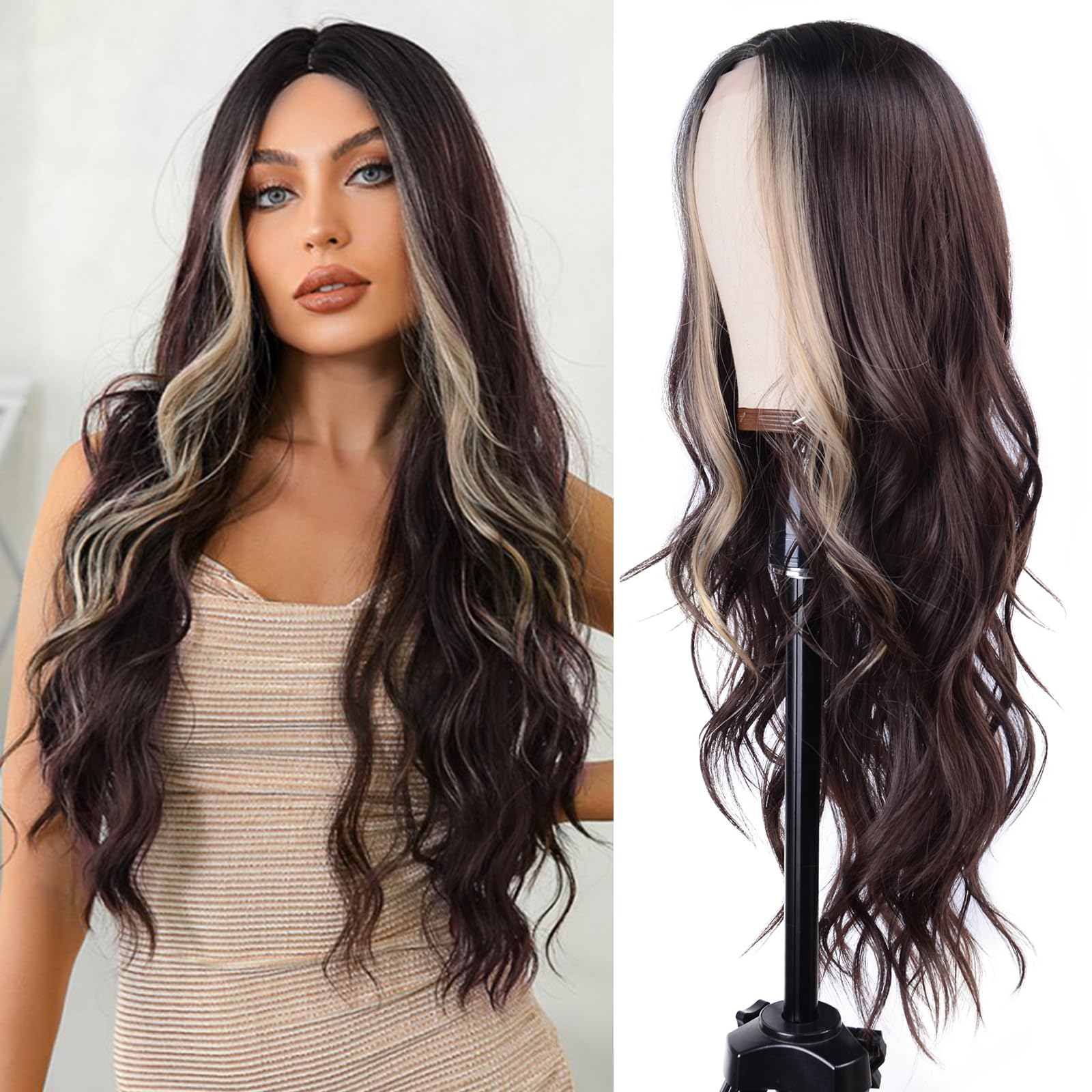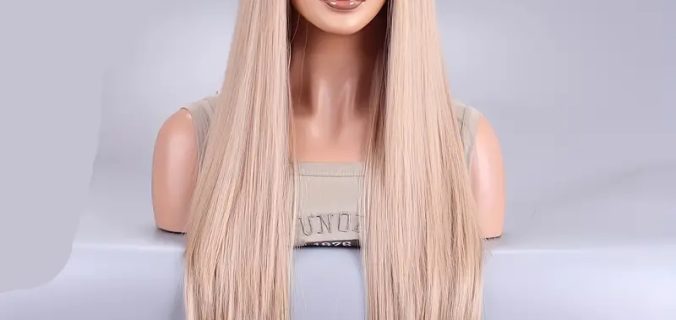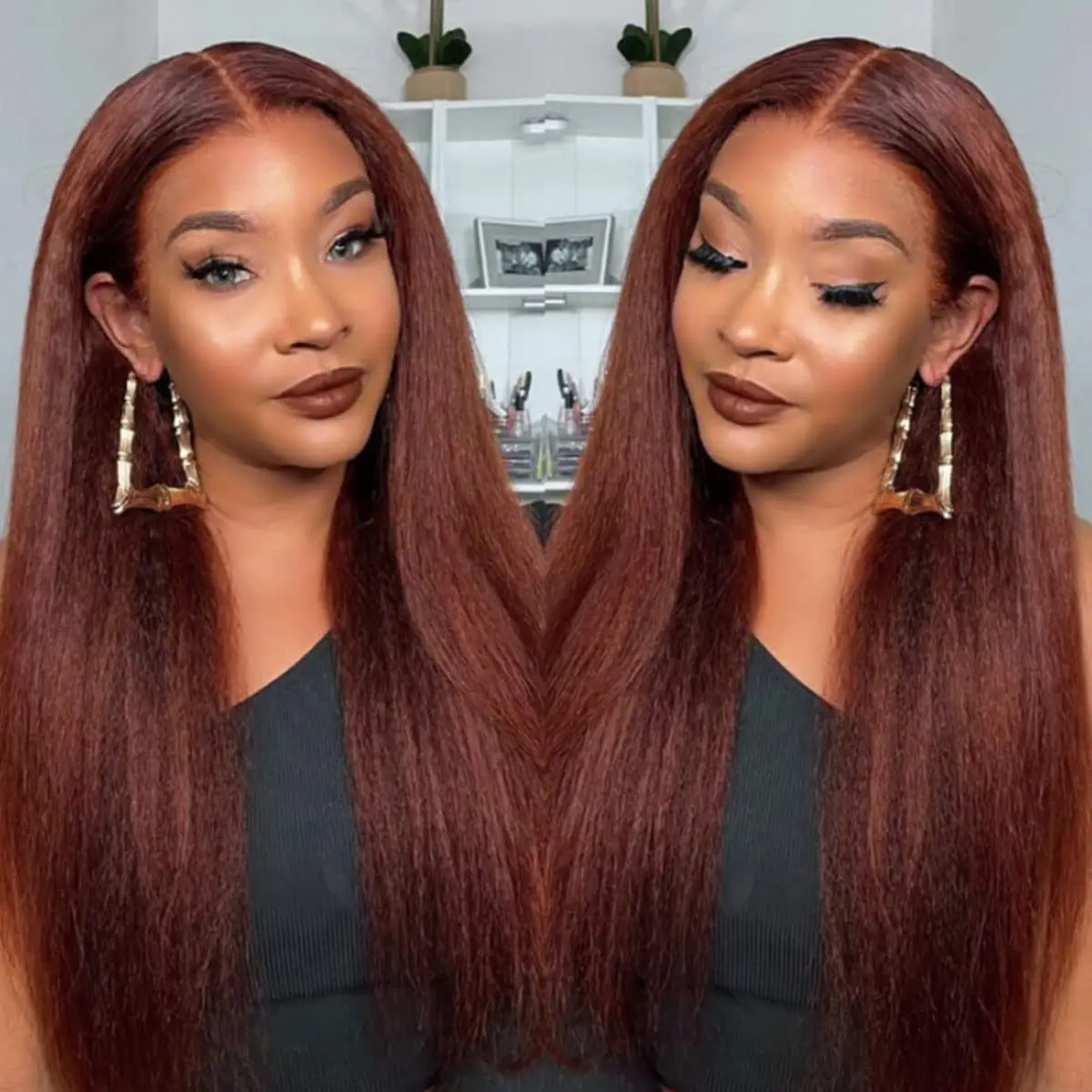
Introduction
Can you put heat on synthetic hair – Synthetic hair has become increasingly popular due to its affordability, versatility, and low maintenance. While synthetic hair offers many benefits, such as pre-styled designs and vibrant colors, there are limitations when it comes to applying heat styling tools like flat irons, curling irons, and hot rollers.
Can You Put Heat on Synthetic Hair?
Unlike human hair, synthetic hair is made from various types of synthetic fibers, such as kanekalon, toyokalon, and futura. These fibers are sensitive to high temperatures and can melt or become damaged when exposed to heat styling tools. As a general rule, it is not recommended to use heat on synthetic hair unless the manufacturer explicitly states that the hair is heat-resistant.
Heat-Friendly Synthetic Hair:
Some synthetic hair extensions and wigs are labeled as heat-friendly or heat-resistant, meaning they can withstand heat up to a certain temperature without melting or becoming damaged. Heat-friendly synthetic hair is typically made from a special type of synthetic fiber that can be styled with low to medium heat settings.
If you have heat-friendly synthetic hair, it is essential to follow the manufacturer’s instructions carefully when using heat styling tools. Here are some tips for safely applying heat to heat-friendly synthetic hair:
Check the Temperature:
Before using any heat styling tool, ensure that the temperature setting is within the recommended range for heat-friendly synthetic hair. Start with the lowest heat setting and gradually increase the temperature if needed.
Use a Heat Protectant:
To minimize heat damage, apply a heat protectant spray or serum to the synthetic hair before using any heat styling tools. This can help create a barrier between the hair and the heat, reducing the risk of melting or frizzing.
Test a Small Section:
Before styling the entire piece of synthetic hair, test a small section with the heat styling tool to see how the hair reacts. If the hair begins to melt or deform, stop immediately and lower the temperature setting.
Avoid Direct Heat:
When using heat styling tools on synthetic hair, avoid holding the tool in one place for too long to prevent overheating and damage. Keep the tool moving continuously to distribute the heat evenly.
Style with Caution:
While heat-friendly synthetic hair can withstand heat to some extent, it is still more delicate than human hair. Be gentle when styling the hair to avoid tangling, breakage, or excessive friction.
Cool Down:
Allow the synthetic hair to cool down completely before touching or restyling it. This can help set the style and prevent the hair from losing its shape.
Clean and Store Properly:
After using heat styling tools on synthetic hair, clean the hair regularly with a mild shampoo and conditioner to maintain its softness and shine. Store the hair in a cool, dry place away from direct sunlight and heat sources to prevent damage.
It is essential to note that even with heat-friendly synthetic hair, prolonged or excessive heat exposure can still cause damage over time. To prolong the lifespan of your synthetic hair and keep it looking its best, limit the use of heat styling tools and opt for heat-free styling methods whenever possible.
By following these tips and guidelines, you can safely apply heat to heat-friendly synthetic hair and create a variety of stylish looks without compromising the integrity of the hair. Always prioritize the health and quality of your synthetic hair to enjoy long-lasting beauty and versatility.

When using heat tools on synthetic hair, here are some other important considerations and suggestions that can help you better protect your synthetic hair and ensure it stays beautiful and long-lasting:
Avoid frequent use of hot tools:
Although some synthetic hair may be labeled as heat-resistant, prolonged or frequent use of high-temperature hot tools can still cause damage to strands. It’s best to limit the frequency of use of heat tools and try to choose hair styles that don’t require heat treatments to reduce the risk of damage to your strands.
Adjust hot tool temperature:
Adjust the hot tool temperature to the appropriate range based on the type of synthetic hair and manufacturer recommendations. Avoid setting the heat tool temperature too high to avoid melting or damaging your hair strands.
Avoid humid conditions:
Using hot tools on synthetic hair in humid conditions, as moisture can increase the hair’s sensitivity to heat and increase the risk of damage.
Regularly trim the ends:
Just like human hair, synthetic hair also requires regular trimming to remove split ends and damage. Keeping your hair ends healthy can help extend the life and beauty of your synthetic hair.
Pay attention to cleansing and care:
Clean synthetic hair regularly with mild shampoo and conditioner, and avoid products containing alcohol and hardeners, which can damage the hair fiber. Comb your hair gently and avoid excessive pulling to reduce the risk of breakage.
Choose the right styling products:
To ensure your synthetic hair looks natural and smooth, choose products like hair gels, styling sprays and hair oils that are specifically designed for synthetic hair. These products can help hold styles in place and maintain smoothness and shine.
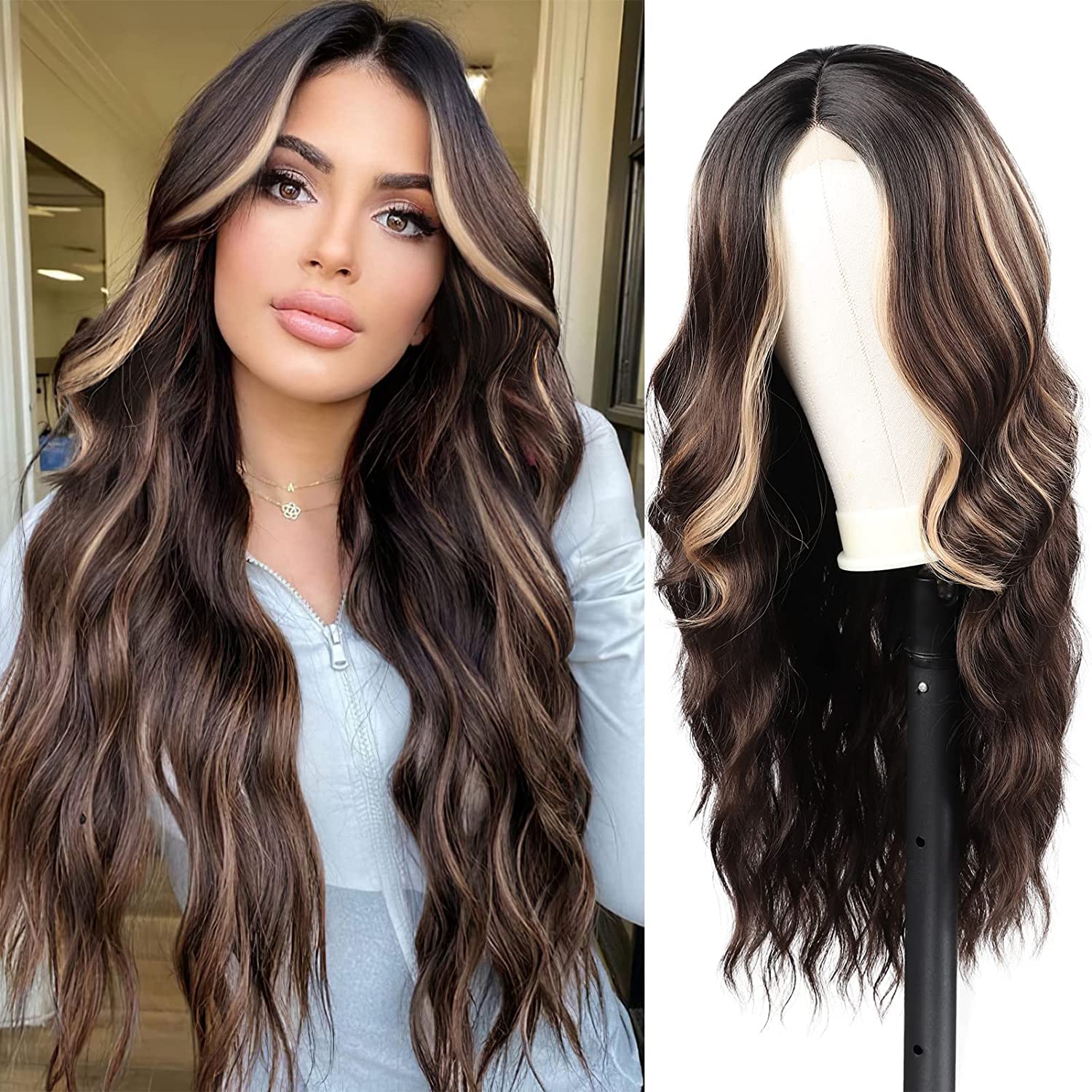
Storage:
Proper storage is essential for maintaining the quality of synthetic hair. When not in use, store your synthetic hair extensions or wigs in a cool, dry place away from direct sunlight, heat sources, and humidity. Consider using a wig stand or mannequin head to help preserve the style and shape of the hair.
Avoid Friction:
To prevent tangling and matting, avoid rubbing or friction between synthetic hair strands. Be gentle when handling the hair and detangle it carefully using a wide-tooth comb or a specialized wig brush designed for synthetic hair.
Washing:
While synthetic hair does not need to be washed as frequently as natural hair, it is essential to clean it regularly to remove dirt, product buildup, and odors. Follow the manufacturer’s instructions for washing synthetic hair extensions or wigs, and use a mild shampoo and conditioner specifically formulated for synthetic fibers.
Drying:
After washing, gently squeeze out excess water from the synthetic hair and pat it dry with a towel. Avoid wringing or twisting the hair, as this can cause damage. Allow the hair to air dry naturally or use a blow dryer on a low heat setting if necessary.
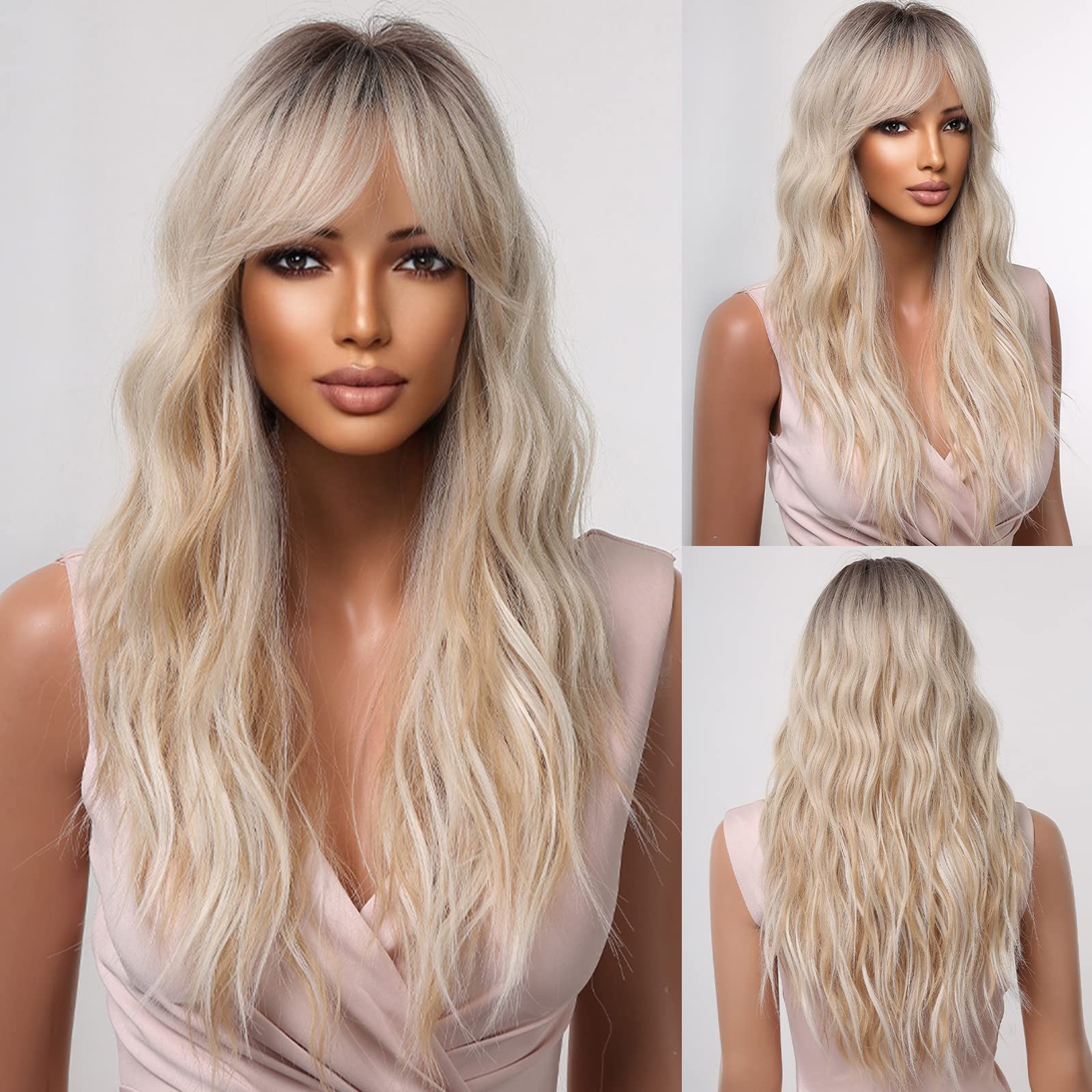 Overall, while you need to be extra careful when using heat tools on synthetic hair, following the correct procedures and care methods can ensure your synthetic hair stays beautiful and healthy. Choosing heat-resistant synthetic hair and using heat tools sparingly are key, as is regular care and maintenance of synthetic hair. By following the advice above, you can safely use heat tools on synthetic hair and achieve a variety of stylish hairstyles that add personality and glamor to your look.
Overall, while you need to be extra careful when using heat tools on synthetic hair, following the correct procedures and care methods can ensure your synthetic hair stays beautiful and healthy. Choosing heat-resistant synthetic hair and using heat tools sparingly are key, as is regular care and maintenance of synthetic hair. By following the advice above, you can safely use heat tools on synthetic hair and achieve a variety of stylish hairstyles that add personality and glamor to your look.